In the quest for efficient and flexible home cooling solutions, mini split AC units stand out as a compelling option. These systems offer a blend of convenience, performance, and energy efficiency that traditional HVAC systems can’t match. This article delves into the critical aspects of mini split AC units, unraveling their benefits, installation nuances, energy efficiency, maintenance tips, and the latest technological advancements. By exploring these facets, readers will gain a thorough understanding of mini split AC units, empowering them to make informed decisions suited to their cooling needs.
Table of Contents:
– Understanding mini split AC units
– The installation process
– Energy efficiency and cost savings
– Maintenance and longevity
– Technological advancements
Understanding mini split AC units
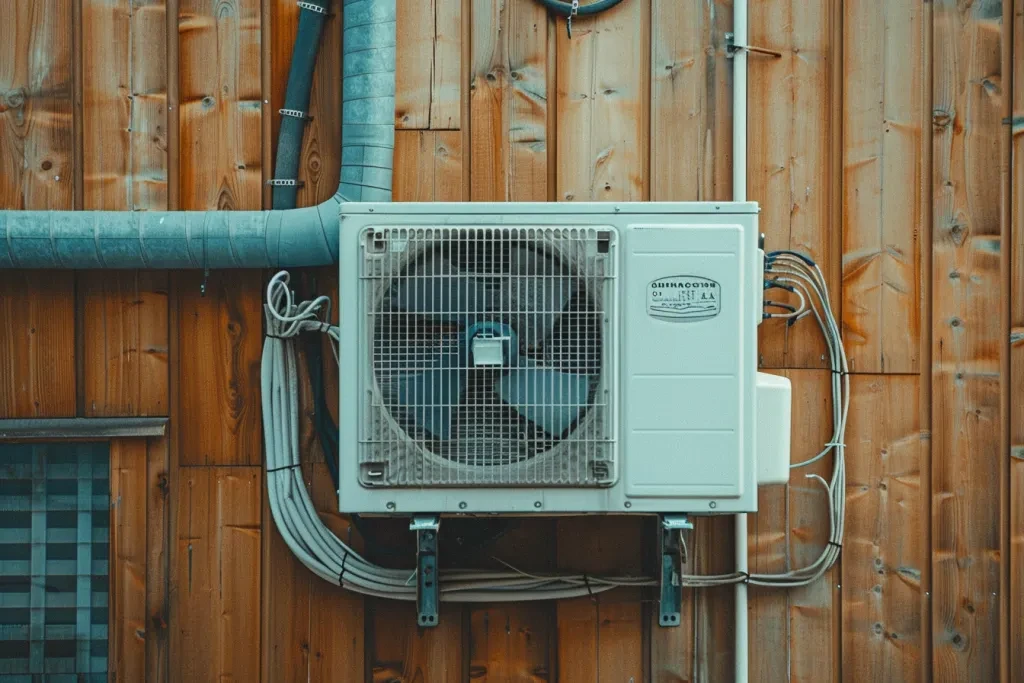
Mini split AC units are distinguished by their two-component system, comprising an outdoor compressor/condenser and one or more indoor air-handling units. These components are connected by a conduit, housing the power cable, refrigerant tubing, suction tubing, and a condensate drain. This configuration eliminates the need for bulky ductwork, making mini split units ideal for homes without existing ducts, room additions, or areas where conventional HVAC systems are impractical.
Unlike traditional systems, mini splits offer individualized control over different zones in your home, allowing for personalized comfort settings in each room. This not only enhances comfort but also reduces energy waste, as you only cool spaces in use. The flexibility of mini split systems extends to their installation options, with indoor units that can be mounted on walls, ceilings, or even as floor-standing models.
The installation process
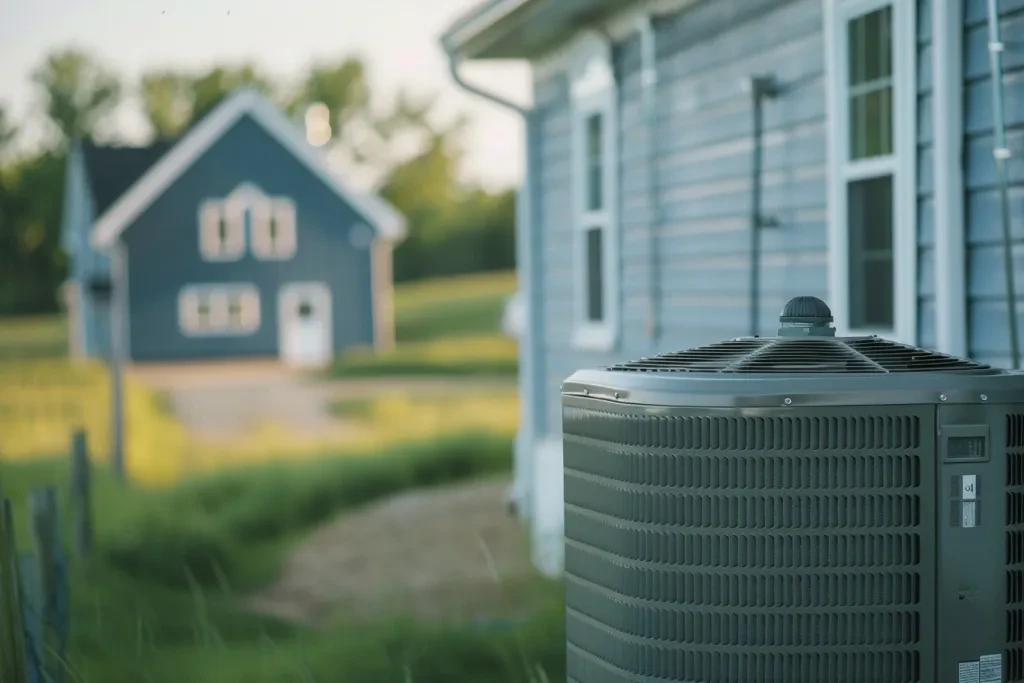
Installing a mini split AC unit is less invasive than fitting a traditional ducted system but requires careful planning and consideration. The first step involves choosing the right size and capacity for your cooling needs, considering room size, layout, insulation levels, and sun exposure. Oversized or undersized units can lead to inefficiency and discomfort.
The placement of both the indoor and outdoor units is crucial. The outdoor unit should be positioned in a location with ample airflow and away from direct sunlight or obstructions. Meanwhile, the indoor unit should be installed in a spot that allows for optimal air distribution throughout the room. Professional installation is recommended to ensure proper setup, as incorrect installation can lead to leaks, inefficient operation, and system damage.
Energy efficiency and cost savings
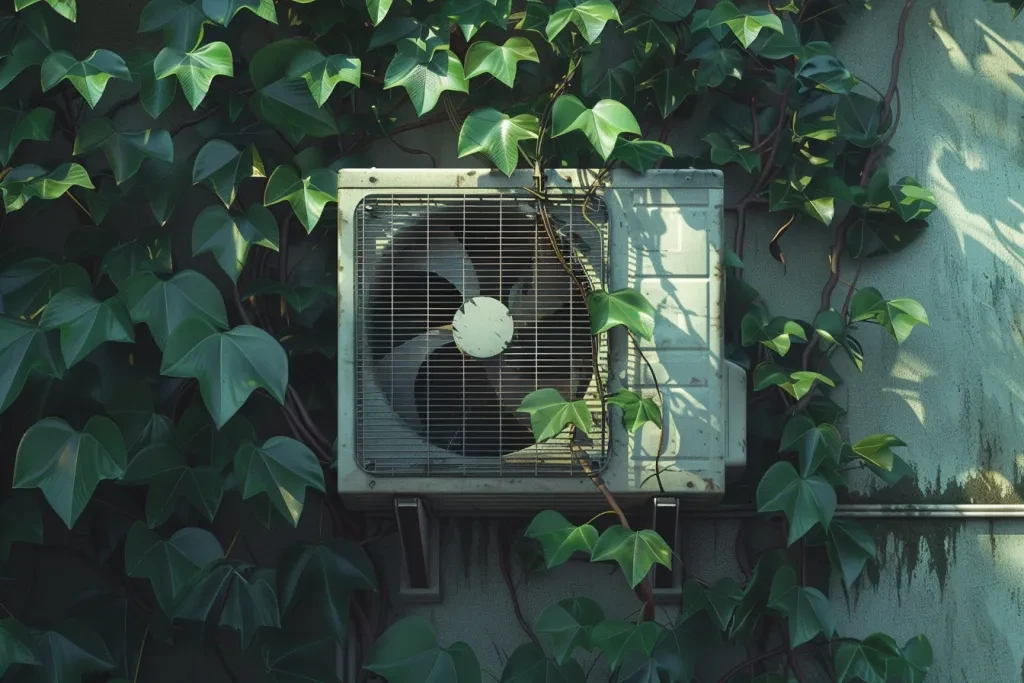
One of the most appealing aspects of mini split AC units is their energy efficiency. These systems can significantly reduce energy consumption, thanks to their ductless design that minimizes heat loss and their inverter technology that adjusts compressor speed to maintain desired temperatures efficiently. As a result, mini split units often boast higher SEER (Seasonal Energy Efficiency Ratio) ratings than traditional air conditioners.
The initial cost of a mini split system may be higher than that of conventional AC units, but the long-term savings on utility bills can be substantial. Additionally, many utility companies offer rebates and incentives for the installation of energy-efficient cooling systems, further offsetting the initial investment.
Maintenance and longevity
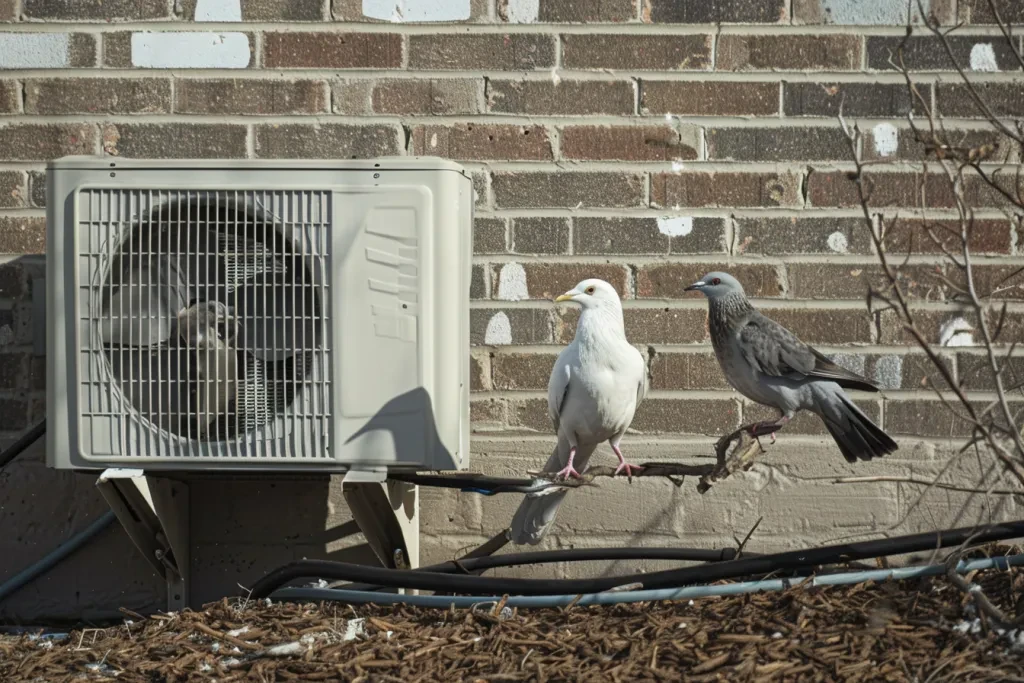
To ensure the longevity and efficiency of your mini split AC unit, regular maintenance is essential. This includes cleaning the filters, checking the refrigerant levels, and ensuring the outdoor unit is free of debris. Most mini split systems have washable filters, which should be cleaned monthly during peak usage periods.
Professional servicing is also recommended at least once a year to check for issues that could impair performance or lead to breakdowns. Properly maintained, a mini split AC unit can last up to 20 years, providing reliable and efficient cooling over its lifespan.
Technological advancements
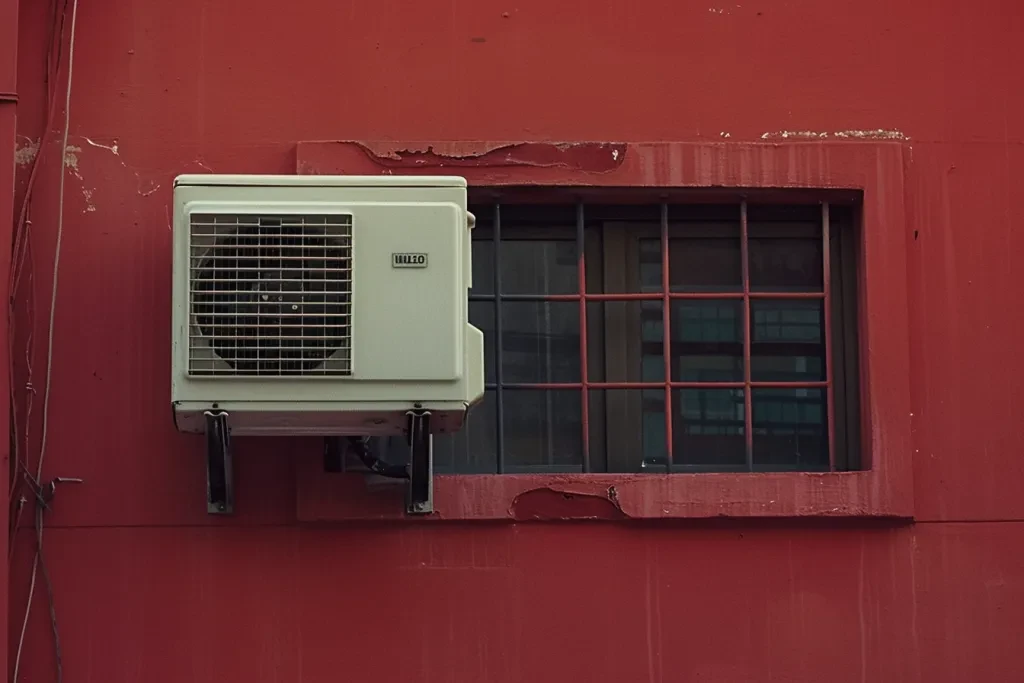
The world of mini split AC units is continually evolving, with new technologies enhancing their performance, convenience, and user experience. Modern units come equipped with features like Wi-Fi connectivity, allowing users to control their systems via smartphones or voice commands. Other advancements include improved inverter technology for even greater energy efficiency, quieter operation, and enhanced air purification systems that remove pollutants and allergens from indoor air.
These technological improvements not only make mini split systems more user-friendly but also contribute to their energy efficiency and effectiveness in providing comfortable, clean air in homes.
Conclusion
Mini split AC units offer a versatile, efficient, and cost-effective solution for cooling homes. By understanding their benefits, installation considerations, and maintenance needs, homeowners can enjoy the comfort and savings these systems provide. With ongoing technological advancements, mini split AC units are set to remain a top choice for personalized, efficient home cooling.




